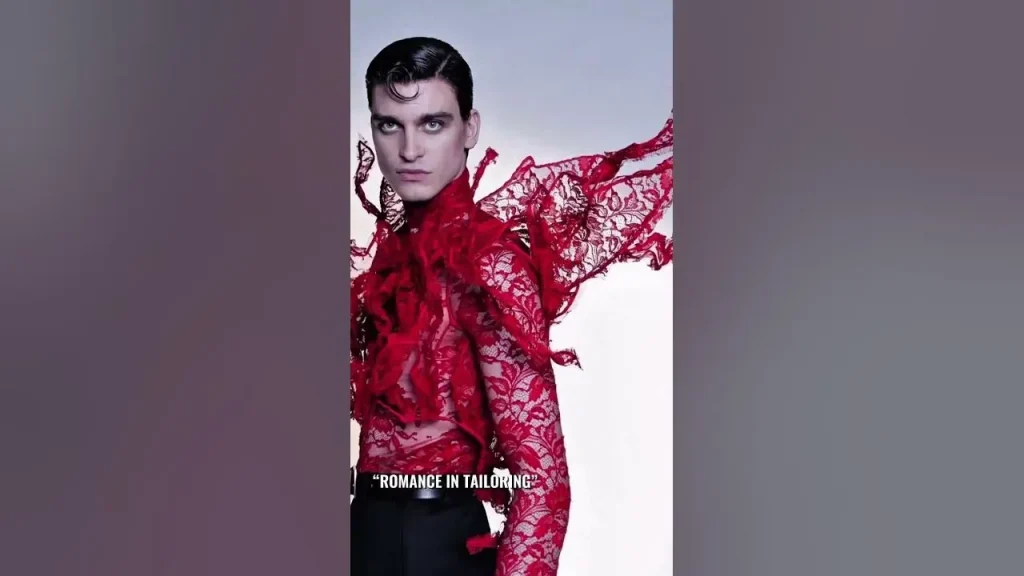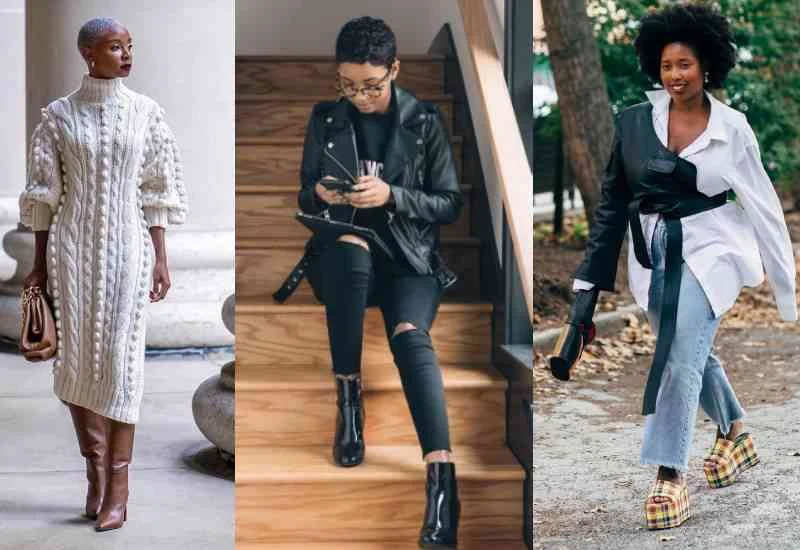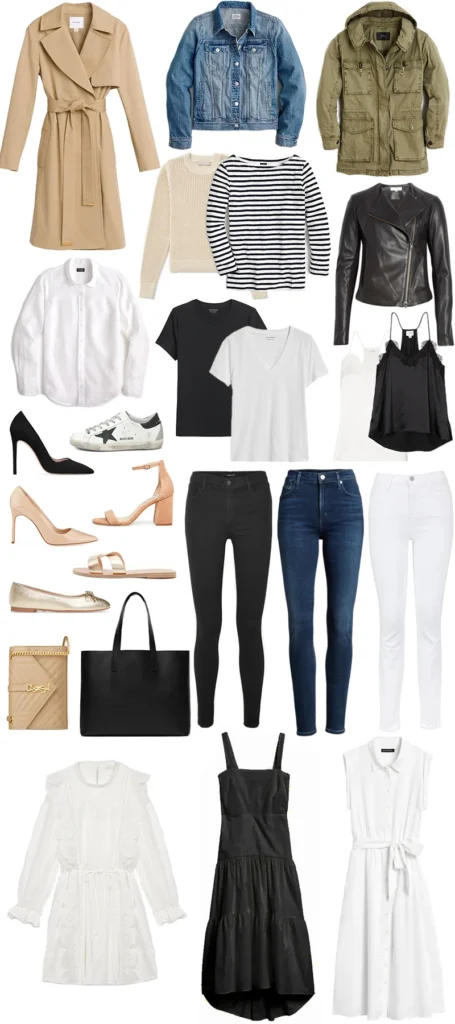Black dandyism is experiencing a renaissance, particularly highlighted by this year’s Met Gala theme, “Superfine: Tailoring Black Style.” This celebration of Black male fashion not only showcases exquisite tailoring but also delves deep into cultural identity and historical narratives. Iconically represented by actors like Colman Domingo, who exquisitely embodies this elegant style, Black dandyism challenges societal norms through its vibrant aesthetic. As Monica L. Miller’s influential work suggests, the art of dandyism transcends clothing—it is a powerful statement of identity, representation, and self-expression. This powerful integration of fashion and politics sheds light on the critical role of Black culture in the wider fashion landscape, emphasizing the importance of celebrating Black fashion year-round and not just on the Met Gala runway.
Often referred to as the sartorial movement that combines flamboyance with cultural significance, Black dandyism is a form of expression where attire becomes a visual narrative of heritage and individuality. This captivating cultural phenomenon expands beyond just stylish garments; it’s a profound commentary on the intersections of race, gender, and identity. The current focus on this genre within high-profile events, such as the Met Gala, underscores the legacy of Black men using fashion as a tool for empowerment and resistance. From the avant-garde flair of entertainers to the refined elegance of civil rights figures, the aesthetic of Black dandyism is woven into the fabric of cultural history. This movement is not merely a fashion statement; it is a celebration of identity and artistry within the Black diaspora, echoing through generations.
Understanding Black Dandyism: A Historical Perspective
Black dandyism is a significant cultural and fashion movement that has its roots deeply embedded in the history of resistance and identity formation. This phenomenon dates back to the colonial era, where Black men embraced elaborate dressing as a form of self-expression against the backdrop of oppression and ridicule. The style not only represents a unique aesthetic but also serves as a powerful statement against societal constraints. Historically, figures such as Bayard Rustin exemplified this through their sartorial choices, challenging the norms imposed on them and redefining what it meant to be a Black man in America.
The legacy of Black dandyism is explored in depth through Monica L. Miller’s influential work, which encapsulates how Black men strategically used fashion to navigate their identities in a predominantly white society. The term dandyism, typically associated with flamboyance, provides a lens through which we can interpret the broader cultural resistance within the Black community. This reclamation of style from historically negative stereotypes has empowered contemporary figures, highlighting the importance of fashion as a tool for both personal identity and political commentary.
Frequently Asked Questions
What is Black dandyism and its significance at the Met Gala?
Black dandyism refers to a sartorial style practiced by Black men that intertwines fashion with a narrative of empowerment and resistance. At the Met Gala, themed ‘Superfine: Tailoring Black Style’, Black dandyism is celebrated as a reflection of historical and political contexts, showcasing how Black men have utilized fashion for self-expression and cultural representation.
How does Colman Domingo embody Black dandyism at events like the Met Gala?
Colman Domingo exemplifies Black dandyism through his distinctive fashion choices, such as tailored suits and unique accessories. His style reflects confidence and story-telling, making a bold statement at events like the Met Gala, where his role as co-chair aligns with the theme of showcasing Black tailoring and cultural significance.
What role does Monica L. Miller play in the conversation around Black dandyism and the Met Gala?
Monica L. Miller is a prominent scholar whose work, especially her book ‘Slaves to Fashion: Black Dandyism and the Styling of Black Diasporic Identity’, provides insightful analysis of Black dandyism. Her influence extends to the Met Gala’s theme, as it draws from her research, emphasizing the historical significance of Black men in fashion, thus contributing to conversations around identity and representation.
How does the theme ‘Superfine: Tailoring Black Style’ relate to Black fashion history?
The theme ‘Superfine: Tailoring Black Style’ celebrates decades of Black fashion history, highlighting how Black dandyism has evolved as a reaction to cultural and societal challenges. This theme at the Met Gala underscores the power of fashion in discussing race, identity, and artistic expression within the Black community.
In what ways does Black dandyism challenge traditional gender norms in fashion?
Black dandyism challenges traditional gender norms through its embrace of flamboyant and elegant attire that defies societal expectations. By presenting themselves in meticulously crafted outfits, Black men and women reclaim their identities and resist historical stereotypes, promoting a broader conversation about masculinity, femininity, and self-ownership within the fashion landscape.
How does Black dandyism mesh with contemporary themes of activism and representation?
Black dandyism meshes with contemporary themes of activism and representation by using fashion as a method of resistance and self-affirmation. At events like the Met Gala, it becomes a platform for Black designers and artists to showcase their contributions, thus advocating for increased representation of Black culture in mainstream fashion.
| Key Point | Details |
|---|---|
| Met Gala Theme | This year’s theme is ‘Superfine: Tailoring Black Style’, celebrating the strategic use of fashion by Black men. |
| Colman Domingo’s Role | Colman Domingo’s portrayal of Bayard Rustin in ‘Rustin’ showcases Black dandyism, marking his rise in Hollywood. |
| Monica L. Miller’s Influence | Miller’s book, ‘Slaves to Fashion’, traces Black dandyism’s evolution through history and its significance in modern fashion. |
| Cultural Significance | Dandyism represents a blend of fashion and political expression, challenging social norms and showcasing Black identity. |
| Historical Context | The term ‘superfine’ reflects historical narratives of freedom through style, emerging from the experiences of enslaved individuals. |
| Dandyism’s Evolution | Black dandyism evolved as a form of resistance, enabling identity subversion against societal expectations. |
| Influence of Iconic Figures | Influential figures like Josephine Baker and contemporary political personalities embody dandy aesthetics today. |
| Relevance Today | The dialogue around Black dandyism is increasingly relevant given the cultural prominence of Black voices in fashion. |
| Intentionality in Fashion | Intentional style choices reflect personal empowerment and cultural representation in a political climate. |
Summary
Black dandyism is a celebrated aspect of fashion, exemplified in this year’s Met Gala theme, ‘Superfine: Tailoring Black Style’. It showcases how Black men have strategically employed fashion as a powerful means of self-expression throughout history. This cultural movement not only reflects historical struggles but also highlights the evolution of identity, liberation, and the assertion of power through style. As seen in the influence of contemporary icons, Black dandyism continues to inspire and challenge societal norms, making it an essential part of the broader narrative of fashion today.




